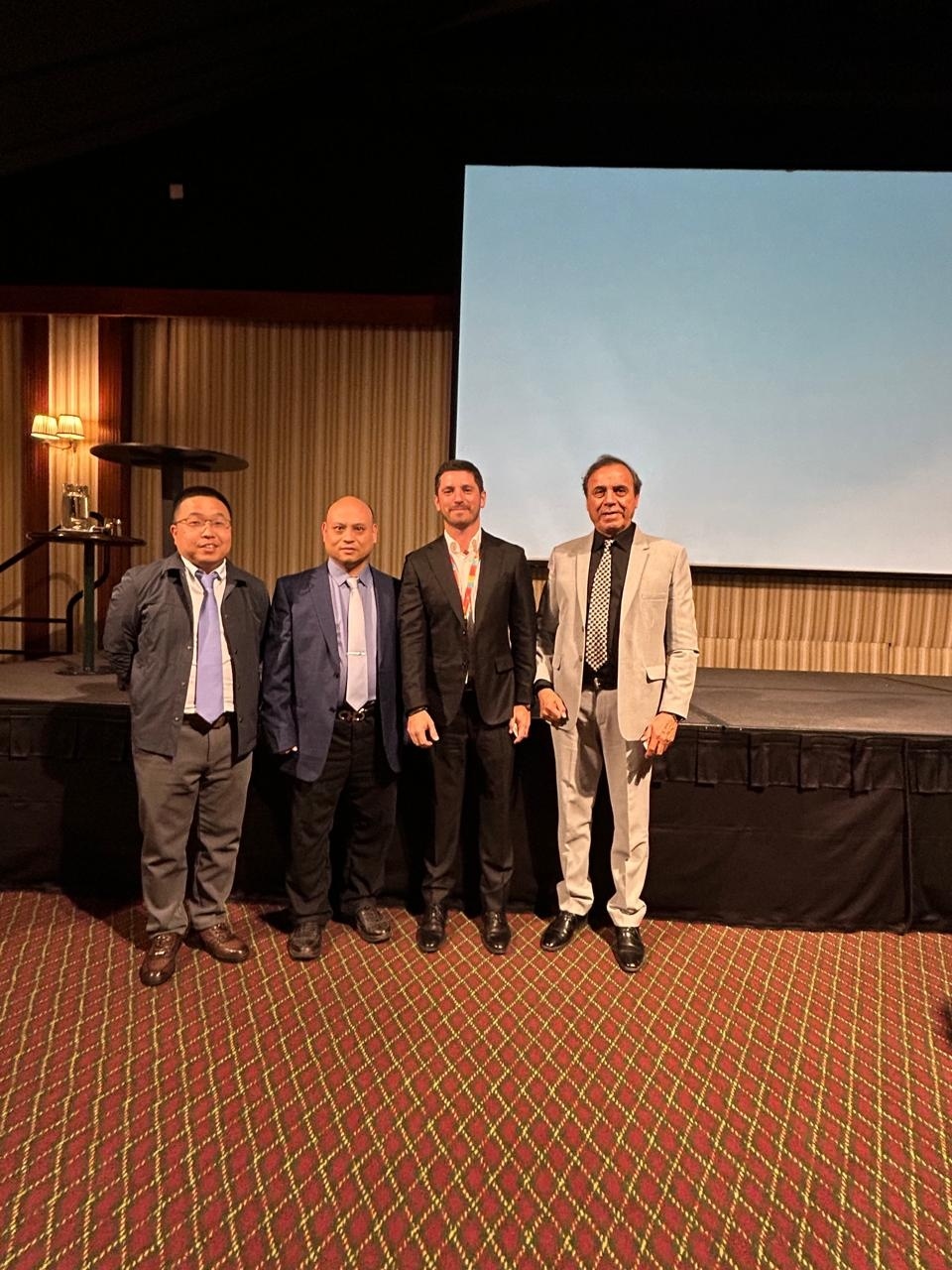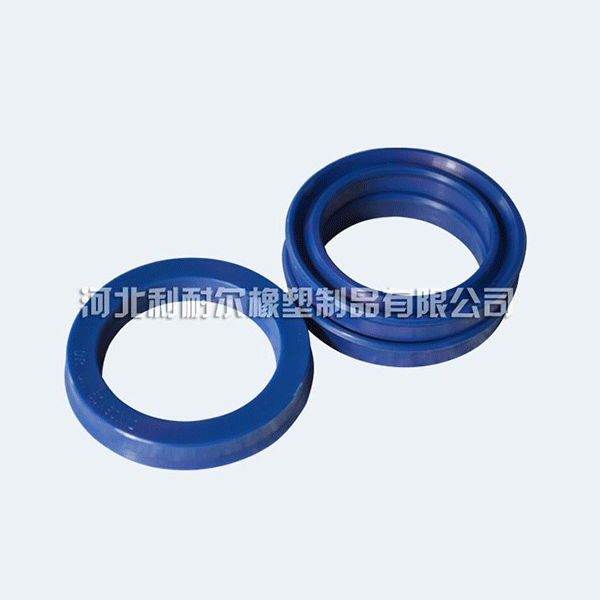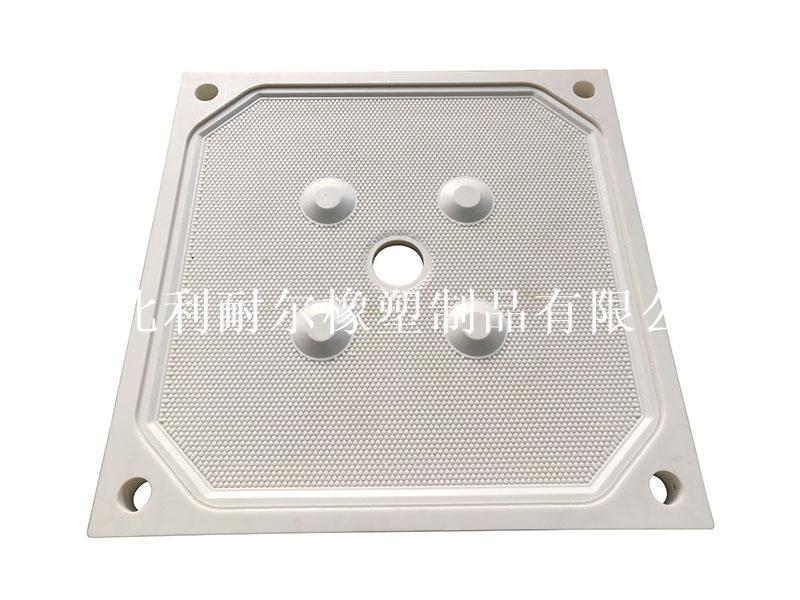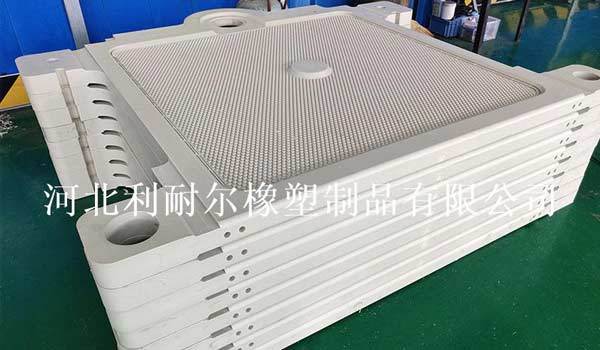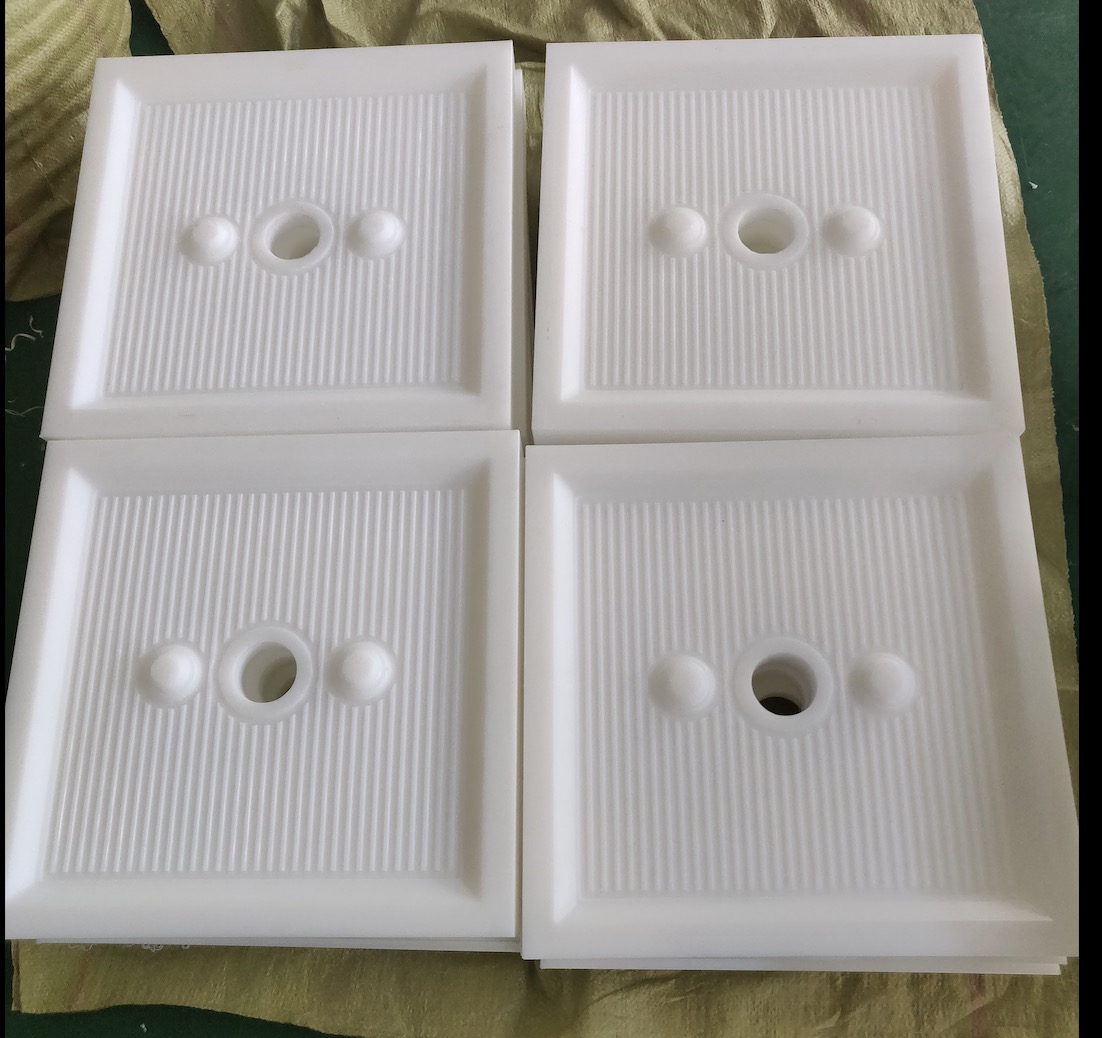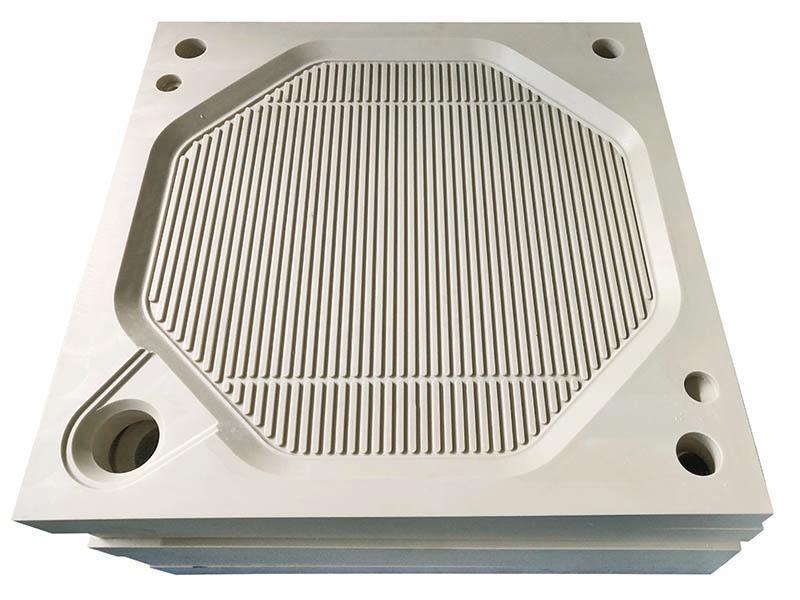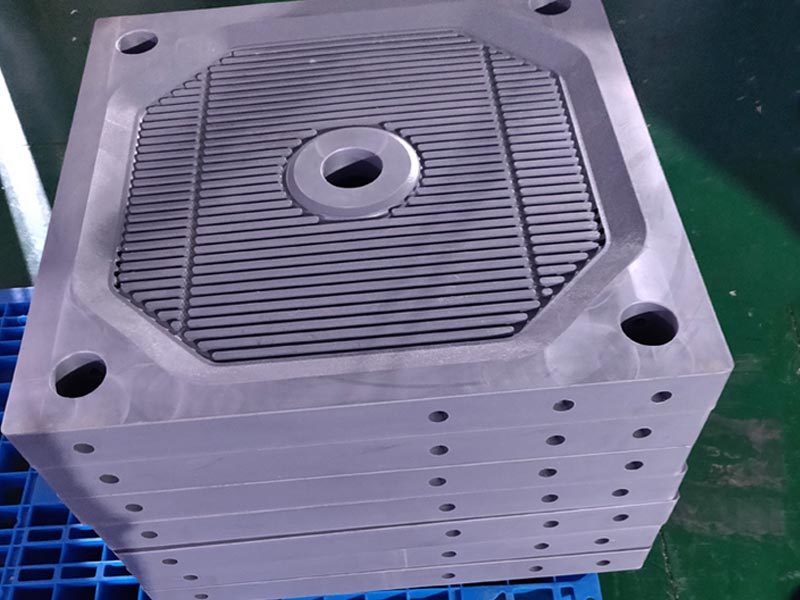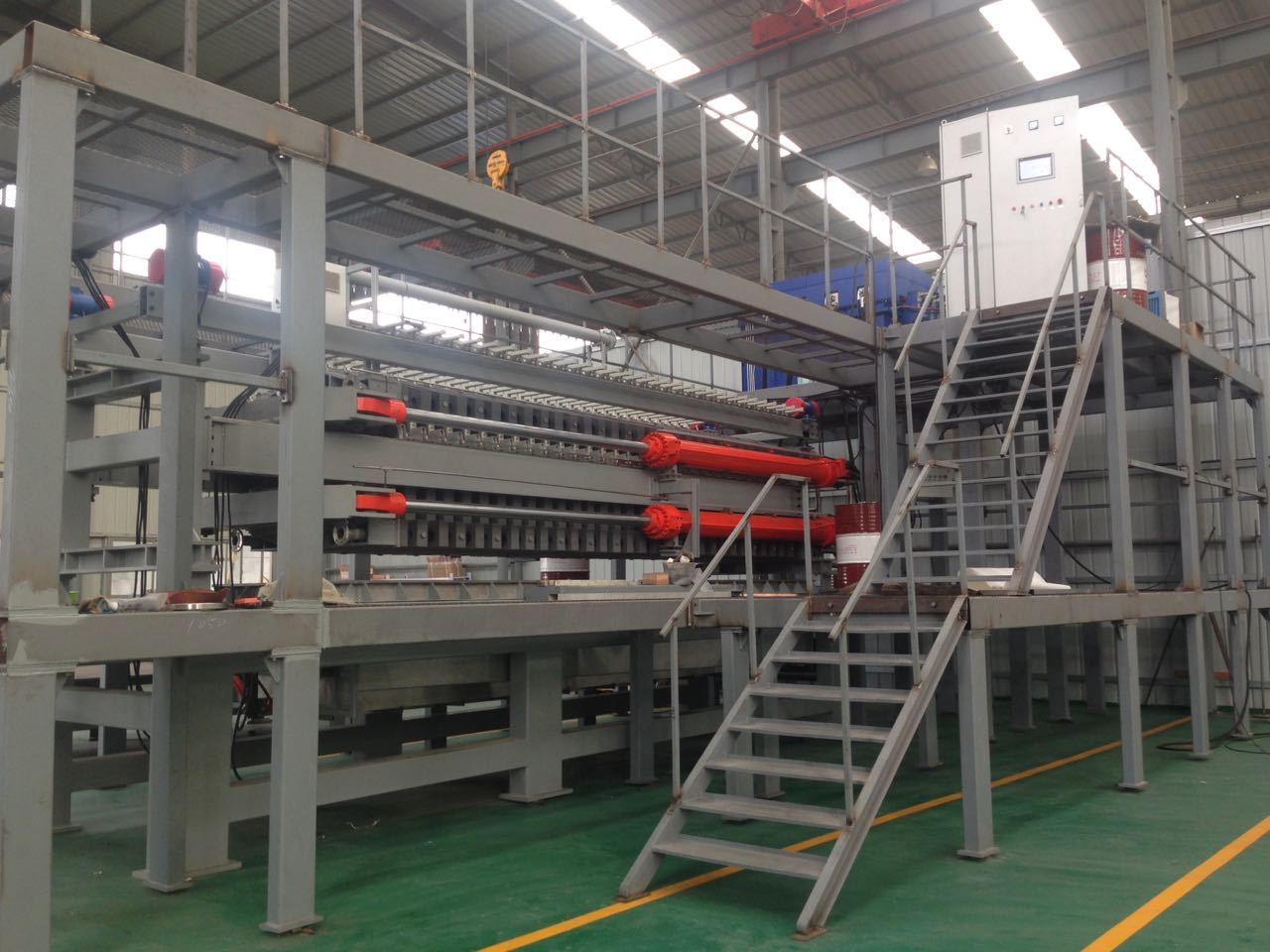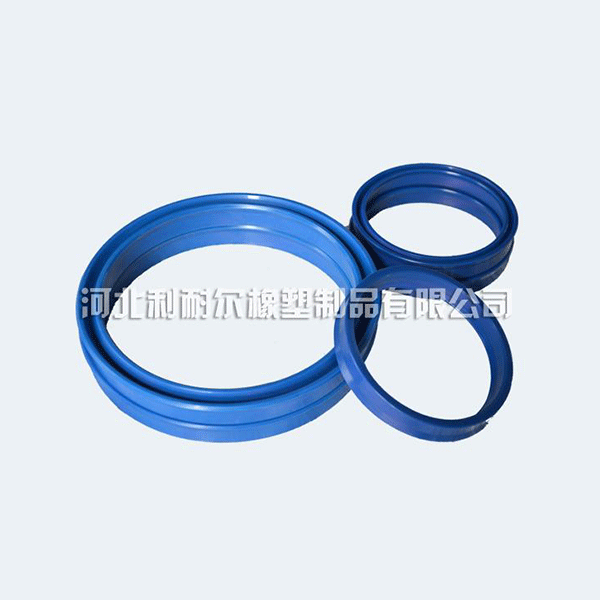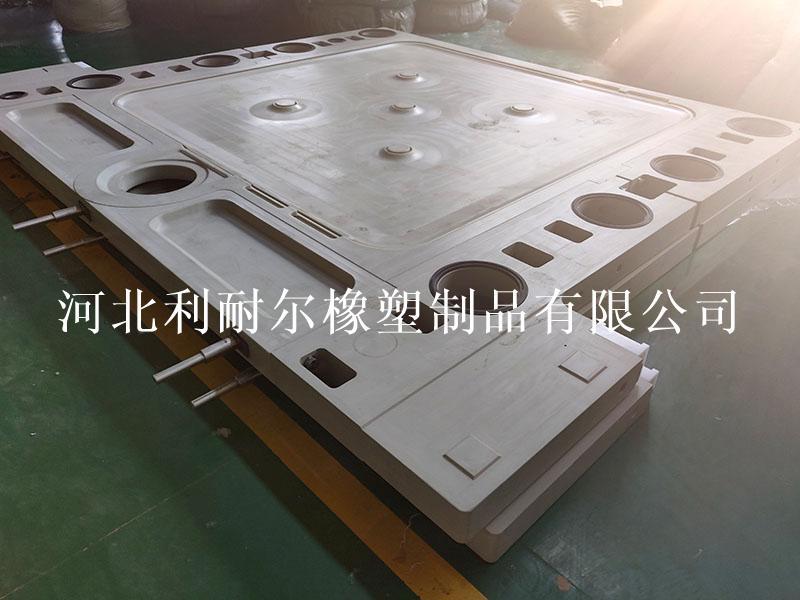Release time:
2021-01-12
As the largest fastener manufacturing country, our production company has been fighting the battlefield for a long time. It can be said that it has gone through hardships.
As the largest fastener manufacturing country, our production company has been fighting the battlefield for a long time. It can be said that it has gone through hardships. Since joining the WTO in 2008, it has repeatedly suffered setbacks and suffered hardships overseas. Although it has small achievements, it still cannot get rid of'indigestion'. , The awkward situation of'outside rivals', is it a quality problem or a technical problem? I think the crux of the problem is not here, but that our development model has drawbacks.
There is a gap in the standard of hydraulic seals in the industry
Comparing domestic industry standards with foreign ones, it is not difficult to find that there is a big gap between the two. As far as fastener material standards are concerned, domestic product standards generally do not specify specific material steel grades, but only specify the chemical composition requirements required for mechanical performance levels. In contrast, individual American standards such as ASTM standards will The material steel grade is specified in detail. Since there is no corresponding steel grade in China, it cannot be accurately connected with international standards, which naturally brings certain difficulties to export. Although some domestic companies have begun to realize this and have developed new steel grades specified by foreign fastener standards, this is only a small step in the process of progress, and international standards need to be promoted and improved throughout the industry.
For a long time, domestic fastener companies have not been very clear about their own positioning, blindly producing, and lacking product matching and cooperation with host companies. It can be said that the products of most domestic fastener companies are only mass-produced in accordance with uniform standards, and they do not care whether their products can meet the compatibility of mainframe products on the market. They blindly pursue their own factory volume, so they are fastened. The parts have become "universal brand" fasteners, but the mechanical stability of the host supporting application is difficult to guarantee.
Compared with foreign brand products, what we lack is the dedicated spirit of dedication. When it comes to this issue, I very much agree with the OEM development model mentioned by the construction machinery industry expert, Mr. Wang Changjiang. This idea is developed in the fastener industry. The same applies in the middle, that is, the fastener manufacturers mentioned above need to host the host company, which can be one-to-one or even one-to-many supporting production.
I think that if we want our fastener industry to compete on the international battlefield and fight against the warlords, we must first "grain and grass" first, that is, improve the industry standards, cooperate with host companies, and improve our own technical quality to win our own piece. country.
Specifically, one is the lack of complete industry standards, and the other is that the fastener industry, which is an important part of the accessory industry, and the company's own positioning is not accurate enough. In other words, there are long-term battles with host companies and they are not related to each other. The state of the pattern. This is the crux of our fastener industry's inability to break through international barriers, break out of the world, and fight the best, and it is also a major obstacle to our loss of foreign brands.
Related News



















